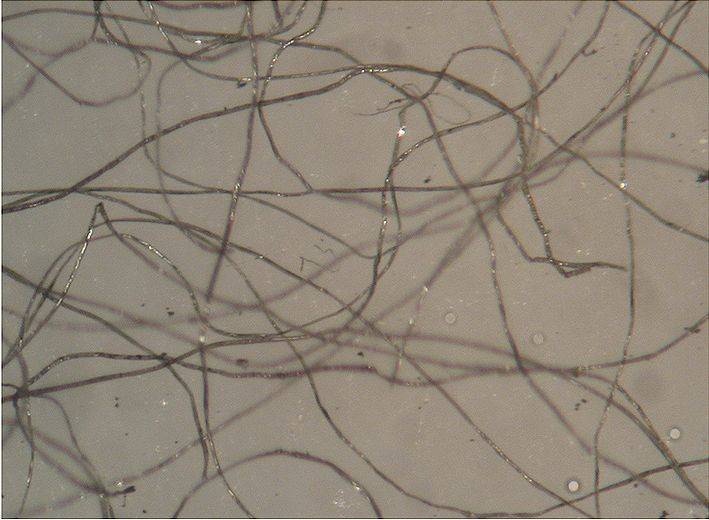Spider Silk Turned Into Electrical Wire Could Pave The Way For 'Green' Medical Devices

Scientists at Florida State University have created microscopic wires out of spider silk that can conduct electricity. The innovation could open the door to medical devices and other electronics that are tough, but eco-friendly.
Why would anyone want to turn spider silk into wire? Many modern electronics are constructed with non-biodegradable plastics that, while durable, are harmful for the environment. Plastics coat steel wires for suspension brides and are found in countless everyday gadgets.
The researchers turned to spider silk as a possible replacement. The plan made sense, given spider silk is as strong as steel and as impenetrable as Kevlar; however, it’s not a great conductor of electricity. To instill this property into the spider silk, the researchers coated each strand with carbon nanotubes, which are themselves nano-sized ropes made of the hardy element.

The sleek arachnid threads were collected from golden silk spiders, Nephila clavipes, which are common in the southern regions of the U.S. These spiders produce long strands — up to 3 feet — making their silk easier to gather.
After being coated with carbon, the super-spider silk was 300 times stronger than before, as well as more flexible and versatile. It also has a lifting strength that is 50 times stronger than muscle. These strands should, in theory, be extremely resilient against wear and tear, but ultimately biodegradable.

In addition, it could conduct electricity, which the researchers demonstrated by creating a simple device that could measure a person’s pulse. Such a conductor could function as a building block for electronics destined for implantation in the body.
What are carbon nanotubes?
A couple of kinks need to be worked out before “super spider silk” becomes a mainstream material. The spider silk can stretch when pulled, and the scientist found that extending by more than 50 percent dampened its electrical conductivity. Humidity caused a similar problem, but they found that adding extra layers of carbon nanotubes could prevent this effect.
Source: Steven E, Saleh WR, Lebedev V, et al. Carbon nanotubes on a spider silk scaffold. Nature Communications. 2013.



























